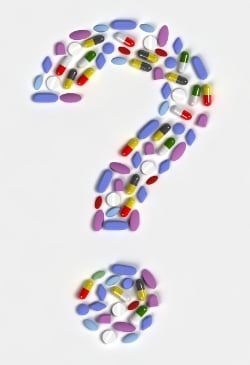
Childhood arthritis is not a myth
18 October 2006
Juvenile idiopathic arthritis affects 1 in 1,000 Canadian children making it one of the most common childhood diseases. However, its existence is not well known. Dr. Ciaran Duffy, Director, Division of Rheumatology at The Montreal Children’s Hospital of the MUHC is working to dispel the following myths about juvenile idiopathic arthritis.
Myth number one: Juvenile idiopathic arthritis goes away when children reach adulthood.
Canadian research has shown that up to 50% of children with mild forms of JIA and 70% of children with severe forms continue to suffer from the disease in adult years. However, these studies were conducted with patients whose disease was diagnosed in the 1980s when current advanced treatments were not available. Today, thanks to research, we are able to diagnose and treat the disease aggressively soon after its onset, and because of this, we hope that this leads to better recovery for affected children, the rheumatology team at The Montreal Children’s Hospital is involved in ongoing pan-canadian research to evaluate how children diagnosed and treated in recent years do in the short and long-term. We hope to predict using genetic analysis which children with JIA will achieve remission earlier.
Myth number two: All children with arthritis can participate in gym class like all other children.
JIA causes pain, stiffness and inflammation in one and occasionally in many joints. Children who have arthritis want to participate in activities in order to fit inwith other children. They are usually encouraged to do so; however, some children, may need to avoid certain activities from time to time, especially during a bad disease flare. This is why Dr. Duffy encourages teachers, particularly gym teachers, to become informed about the disease and to listen to the child and parents regarding what activities the child can or cannot participate in. The parents and the child usually know best what they are capable of doing.
“There is no cure for Juvenile arthritis. Medication and particular exercise programs help to reduce the inflammation and to minimize joint damage. Our hope with this study is to give children with arthritis the best chance to have a healthy, pain-free life,” concludes Dr. Duffy.
12-01-06 – The Montreal Children’s Hospital
